On October 8, 2016, the Filipino American National Historical Society (FANHS) opened the doors of its National Museum in Stockton, Calif. (337 E. Weber Avenue, 209.932.9037). The Stockton chapter of FANHS was instrumental in realizing this dream, which has taken some 20 years to come to fruition. More than 400 people came on opening day. I was among the hungry and excited.
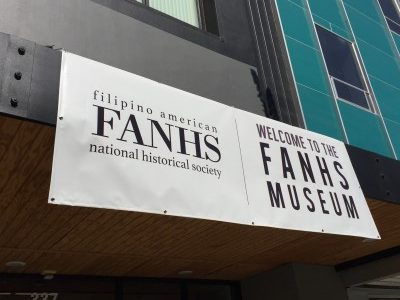

Stockton was chosen as the museum site because many Filipinos came to this farming town to work, and at one time the city boasted the most Filipinos outside of the Philippines. Stockton was the natural choice. One of the prominent exhibits included Filipino American farm workers.
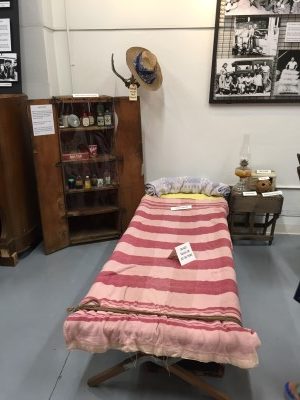
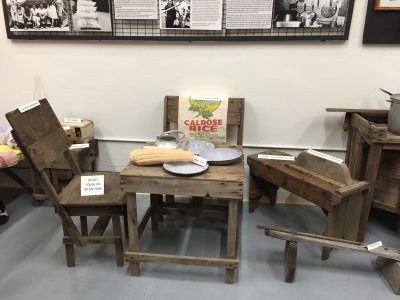

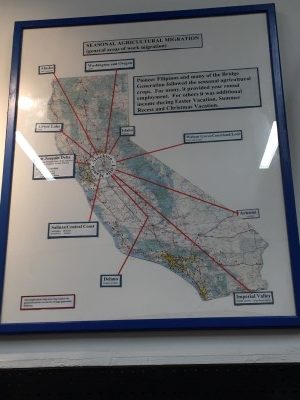
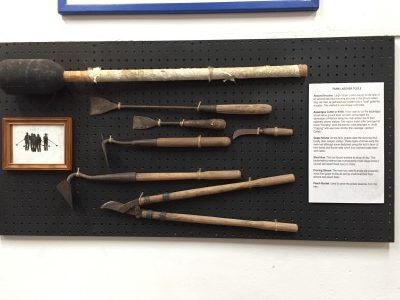
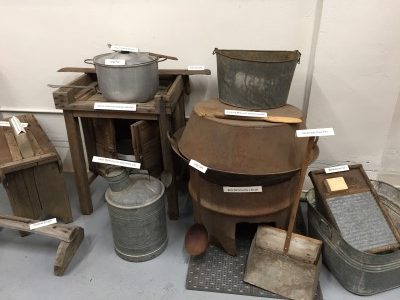
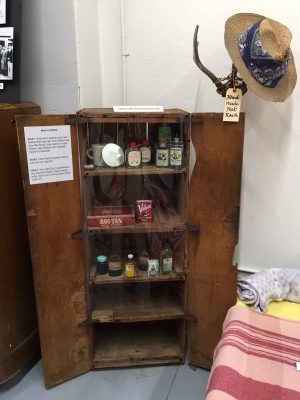
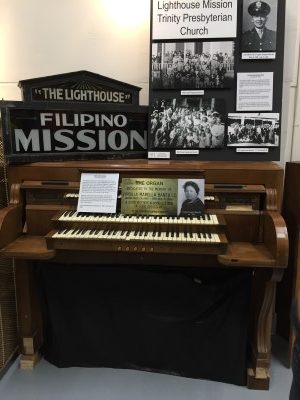
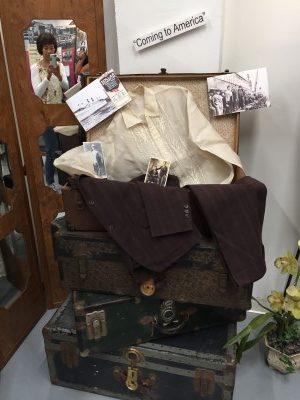
I congratulated Anita Bautista and Letty Perez, two visionary and hardworking Filipinas who are long-time members of the Stockton chapter. I also finally met in person Peter Jamaro, author of Growing Up Brown and Vanishing Filipino Americans. We caught up at Papa Urb’s Grill (337 E. Weber Avenue, 209.227.8144), a Filipino restaurant two doors down from the museum.
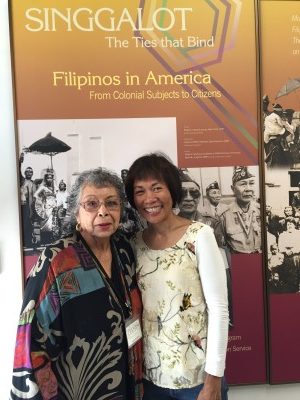

The museum features “Singgalot: The Ties that Bind, Filipinos in America, from Colonial Subjects to Citizens,” which was a traveling exhibit from the Smithsonian Institution. Eighteen of the 30 panels were on display at the FANHS National Museum. Below are my photos from my first (of many to come) visits to the museum.
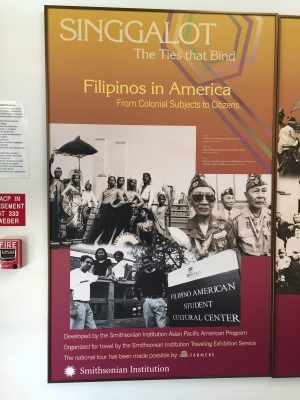
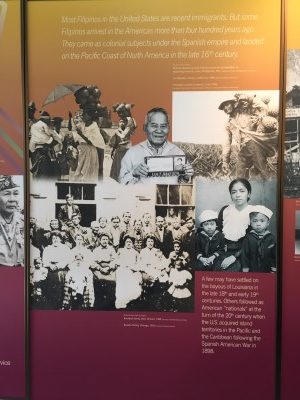

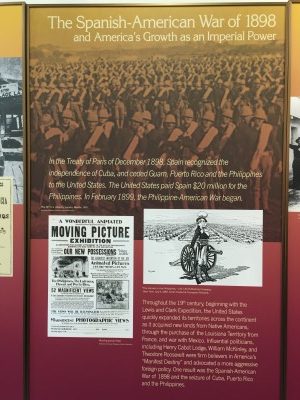
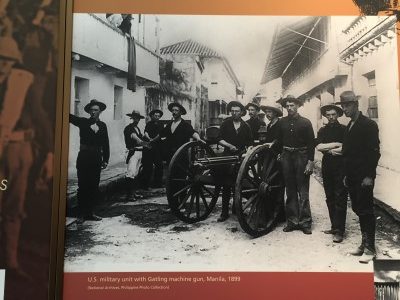
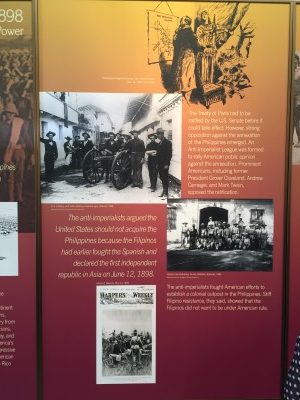
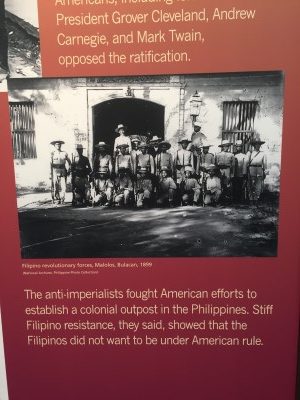
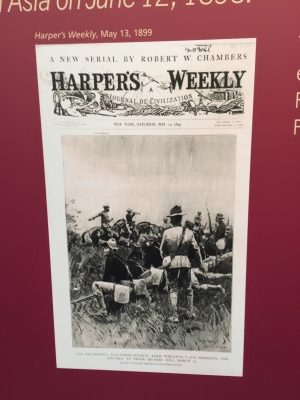
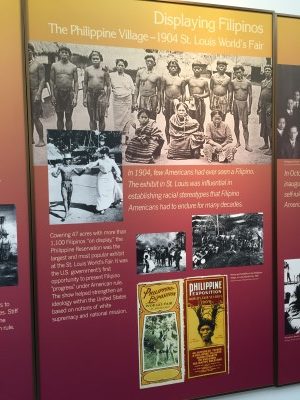
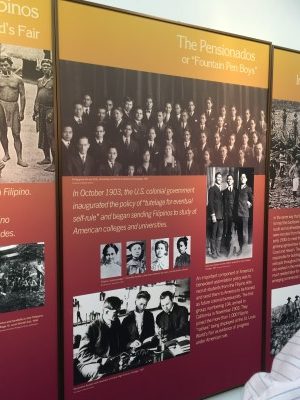
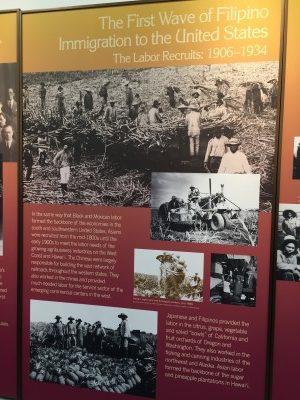
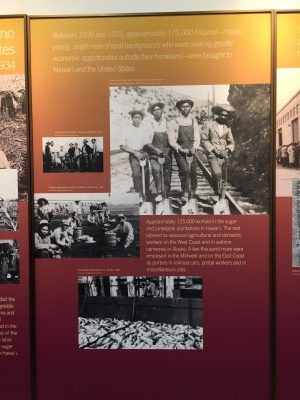
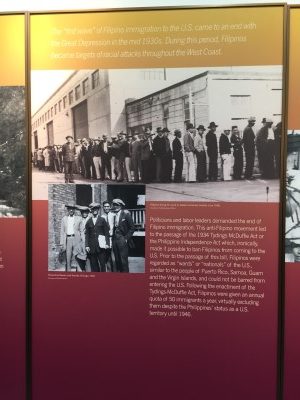
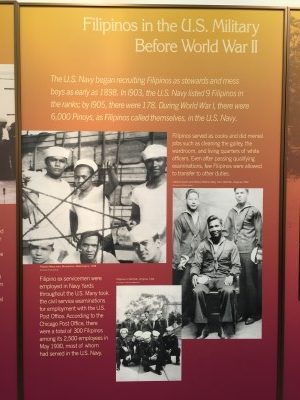
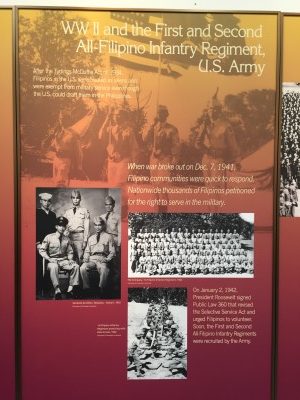

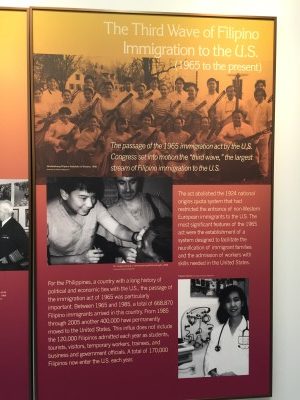
And just for fun, a souvenir license plate holder that I didn’t get:

On a more serious note, this museum is important and must be sustained. It’s a part of U.S. history, so everyone should visit and learn about the Filipino American story. For Filipino Americans, a trek to the FANHS National Museum in Stockton is an important pilgrimage to make.
Please send me all your information on the museum, including:
1) Director or Curator (name and phone and email contact)
2) Hours of operation and address
3) Cost of admission
4) When is or was grand opening for the general public?
Thanks very much,
Steve Magagnini
Senior Writer
Sacramento Bee
[email protected]
Thanks for your comment, Steve. You can contact the Stockton Chapter of FANHS at [email protected]. The grand opening was Saturday, October 8th. There is another special opening on Saturday, October 29th, but it is invitation only. The address and phone number are 337 E. Weber Avenue, Stockton, 209.932.9037.